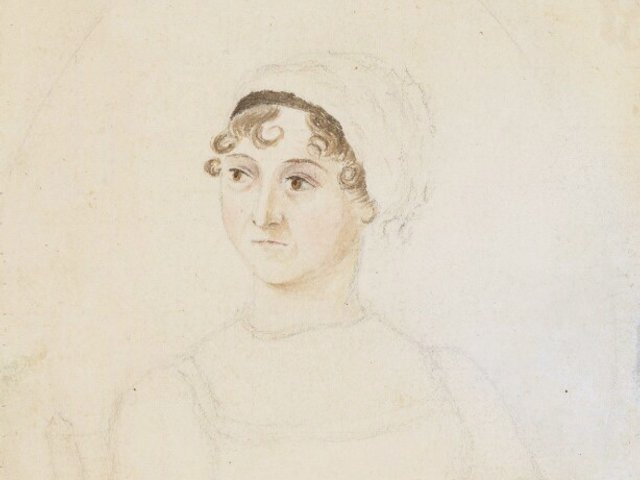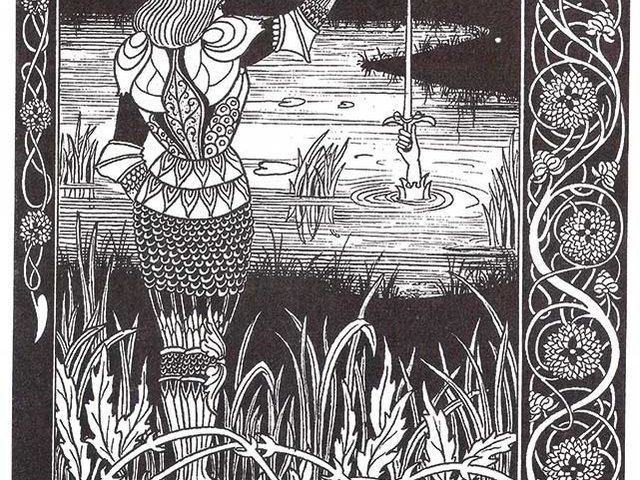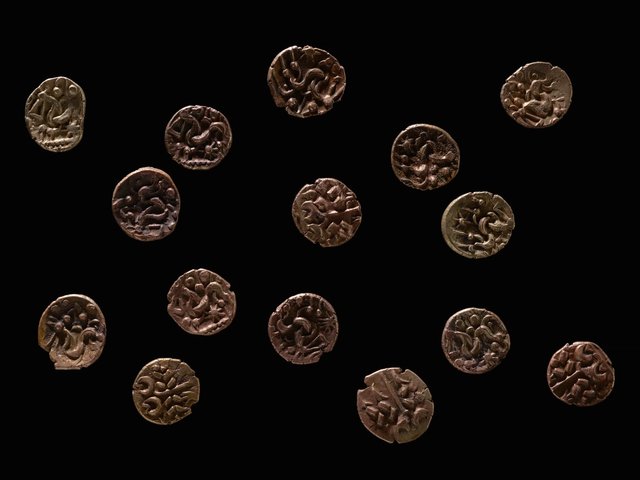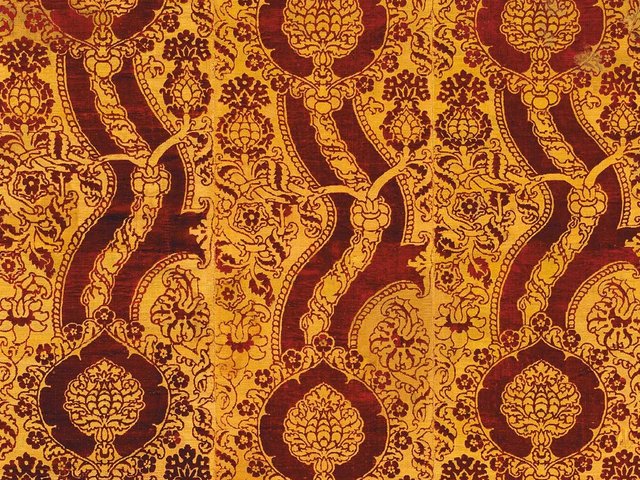When Timothy Millett was apprenticed to the family firm of coin dealers, he was fascinated not by Roman gold or Renaissance bronze but by the oddities that came occasionally in batches of coins—regarded by the experts as “numismatic sweepings”—that were of little or no value or interest. The teenager was hooked by one of the giant Georgian “cartwheel” pennies, defaced with the splendid inscription “Gibbs Lord Mayor, Pelted with Rotten Eggs 1845” and Gibbs’s head inserted beneath Britannia’s bottom on the reverse (cat 037). Millett discovered that Michael Gibbs, nicknamed Gobble Gibbs, was an infamous embezzler posing as a philanthropist, and the egg pelting was no casual impulse; after Gibbs was elected Lord Mayor, newspaper ads were placed before his inaugural procession through the City of London seeking “up to 500 chests of eggs of low quality”.
That coin, a brilliantly scurrilous, portable and lasting memorial to a truly bad egg, started Millett’s lifetime of collecting. This book catalogues and illuminates his second collection. (His first, of convict tokens commissioned or made as mementos by men about to be transported, is now in the National Museum of Australia; see Millett’s previous publication, Convict Love Tokens: the Leaden Hearts the Convicts Left Behind, edited with Michele Field.) With 17 essays by coin experts, collectors, historians and the cartoonist Martin Rowson, collated into five parts covering subjects like “Love and Memory”, “Politics” and “Image and Representation”, it is also a plea for these scraps of metal to be taken more seriously.
Although some are sophisticated work by professional engravers, far more are roughly fashioned, marking a moment of joy, disaster or outrage in otherwise unrecorded and “plebeian” lives: betrothals, marriages and births, but also sea voyages that could well end in permanent separation, imprisonment in irons, execution or pithy bellows of political protest. Some are just joyously rude; somebody stuck a long-stem clay pipe into the mouth of the young Queen Victoria, and added “I love” to her diadem and “shag” across her chin (cat 047). More seriously, a noose was engraved around the neck of the king on a George III halfpenny, with crudely drawn images of a haunch of beef, a tankard of ale and a loaf of bread. The outrage, with a contemporary resonance, was over soaring food prices; in tiny letters the prices added included the one shilling (12 pence) and nine-and-a-half pence for the loaf, which had risen from just nine pence (cat 118).
In these tiny spaces, the imagery is often remarkably potent; there’s a world of yearning for a happy, simple life in the man with a stick walking towards a cottage with a smoking chimney, the sun setting and his dog bounding along in front of him in hope of supper (cat 003). The coin was already an heirloom, a silver Charles II crown 70 years old by the date of the inscription reading “Saml Harwood born June 17 1758”. The back has the date 1777 more amateurishly engraved. Nineteen would have been young for Samuel to marry, so did it mark, instead, his death and the end of that Arcadian dream?
As the cultural historian Susan E. Whyman remarks in her essay on workers’ self-representation, “behind each surviving token there are individuals who longed to be remembered”. Millett particularly cherishes the pieces where the lives of the owners or those portrayed can be recovered. John Jones, shown “double ironed for attempting to break out of Newgate”, on one of a group of tokens made in the gaol, is a naked, executed corpse on the reverse (cat 010). Some, tauntingly, keep their secrets. I really, really, want to know more about the giver and the recipient of the silver token engraved: “The gift of EW to WH for fastening her shoe string” (cat 205). Did their relationship progress to a slipped stocking garter?
• Sarah Lloyd and Timothy Millett (eds), Tokens of Love, Loss and Disrespect 1700-1850, Paul Holberton Publishing, 360pp, approx. 900 illustrations, £45 (pb), published 24 January 2023
• Maev Kennedy is a freelance arts and archaeology journalist and a regular contributor to The Art Newspaper






